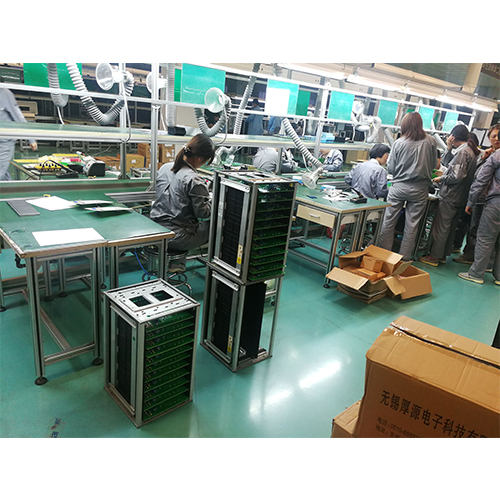Didactic Equipment Electrotechnics Theory, Electric Traction Trainer Electrotechnics Theory Trainer Electrical Training Equipment
Item No.: ZE3302
ZE3302 The electric teaching aid adopts advanced design, and the experimental panel can be replaced freely. Students can replace it according to different training requirements.
INQUIRY



